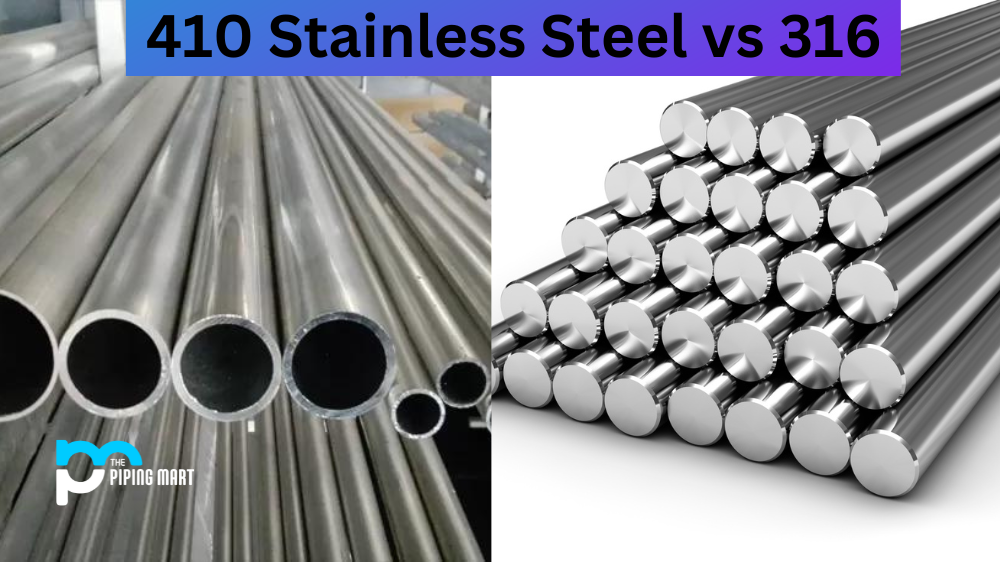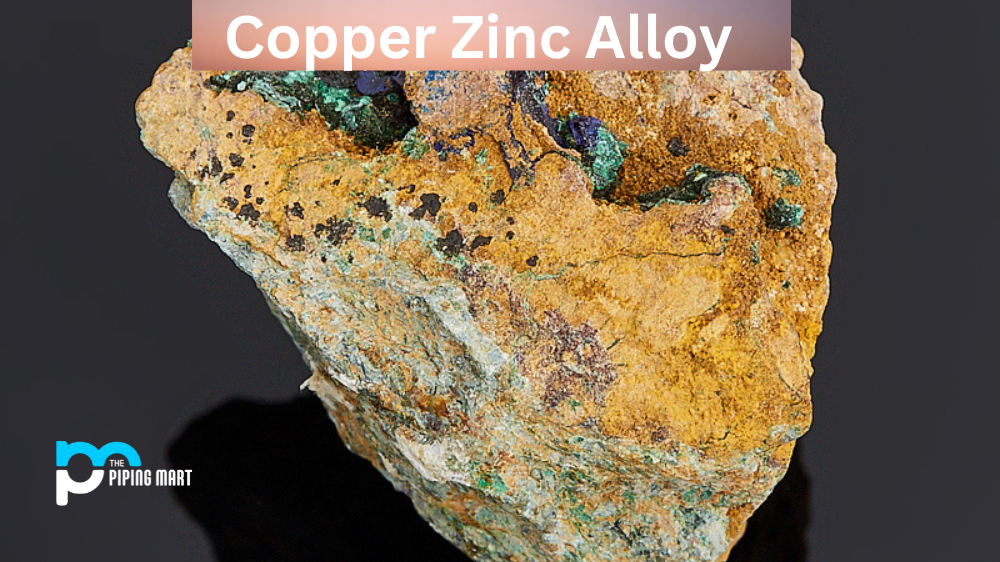Heat pipes are an essential component of industrial engineering and are used to transport heat from one location to another. Heat pipes are commonly made from copper, as it is a highly conductive material that can carry large amounts of energy with minimal loss. Therefore, copper heat pipes are a reliable, efficient, and cost-effective way to move heat around a system. Let’s take a closer look at how copper heat pipes work.
What is Copper Heat Pipes?
A copper heat pipe is designed to transport and dissipate large amounts of thermal energy quickly and efficiently. The same principles apply whether the system is being used for cooling or heating purposes. In general, copper heat pipes consist of two sections—an evaporator section and a condenser section—which are connected by a tube filled with working fluid. This fluid boils when heated, creating vapor that travels through the tube towards the cooler end (condenser), where it condenses back into liquid form before returning to the evaporator section via gravity or capillary action. This cycle continues until all the thermal energy has been dissipated from the system.
Advantages of Copper Heat Pipes
Copper is an ideal material for use in constructing heat pipes as it has high thermal conductivity and good mechanical strength. Compared to other materials, such as aluminium or steel, copper offers better performance at lower temperatures which makes it ideal for applications where temperature control is critical. Furthermore, copper does not corrode over time like other materials so it will last longer without needing replacement. Finally, due to its low cost compared to its performance benefits, copper is often seen as the most cost-effective option for many applications involving heat transfer systems.
Uses of Copper Heat Pipes
- Copper heat pipes are used in a variety of applications where efficient heat transfer is required.
- Copper heat pipes are often used in computer cooling systems to dissipate heat from the CPU and other components.
- Copper heat pipes can also be used in solar thermal systems to collect and transfer heat from the sun.
- Copper heat pipes are also used in automotive cooling systems to dissipate heat from the engine and other components.
- Copper heat pipes are also used in a variety of other applications such as refrigeration, air conditioning, and space heating.
Conclusion
In conclusion, understanding how copper heat pipes work can be essential when designing any heating or cooling system that requires efficient thermal management solutions. Copper provides excellent performance characteristics while being inexpensive compared to other materials such as aluminium or steel, making it an attractive choice for engineers looking for cost-efficient solutions that offer long-term reliability and durability in their designs. By combining this knowledge with research into specific application requirements and technologies available on the market today, engineers should be able to create efficient systems tailored specifically for their needs.

Pipingmart is a B2B portal that specializes in metal, industrial and piping items. Additionally, we share the latest information and information about materials, products and various types of grades to assist businesses that are involved in this business.




